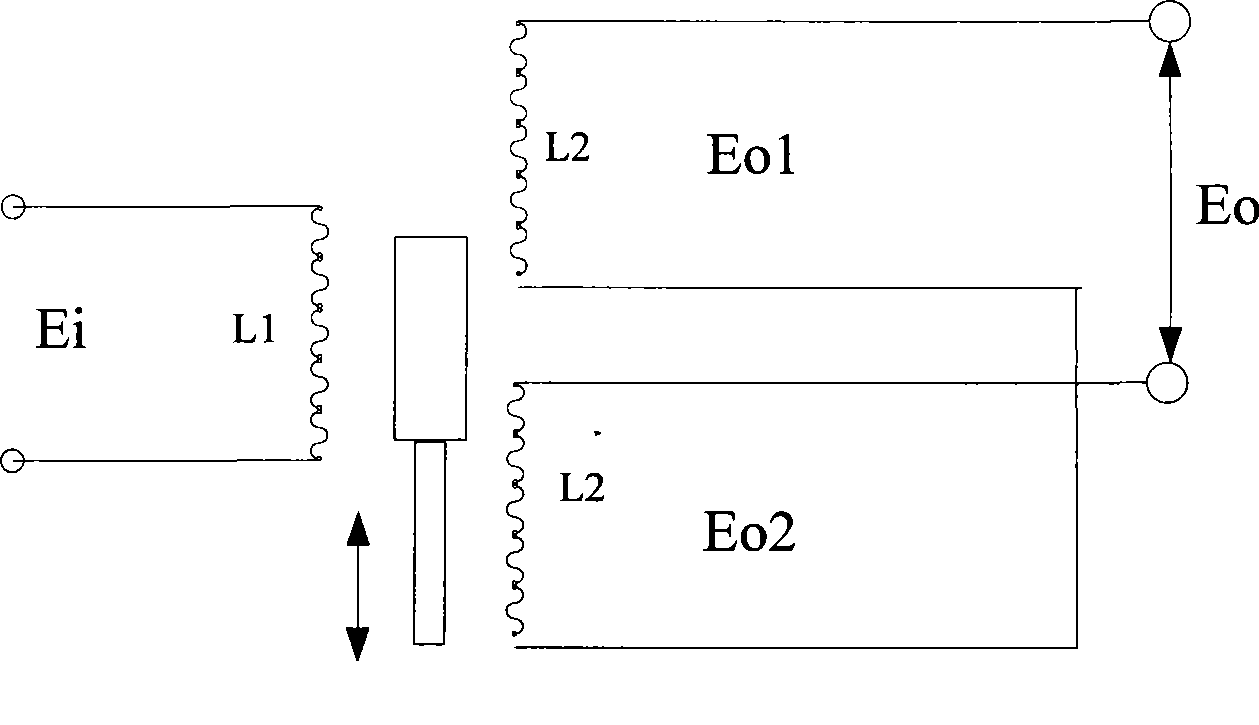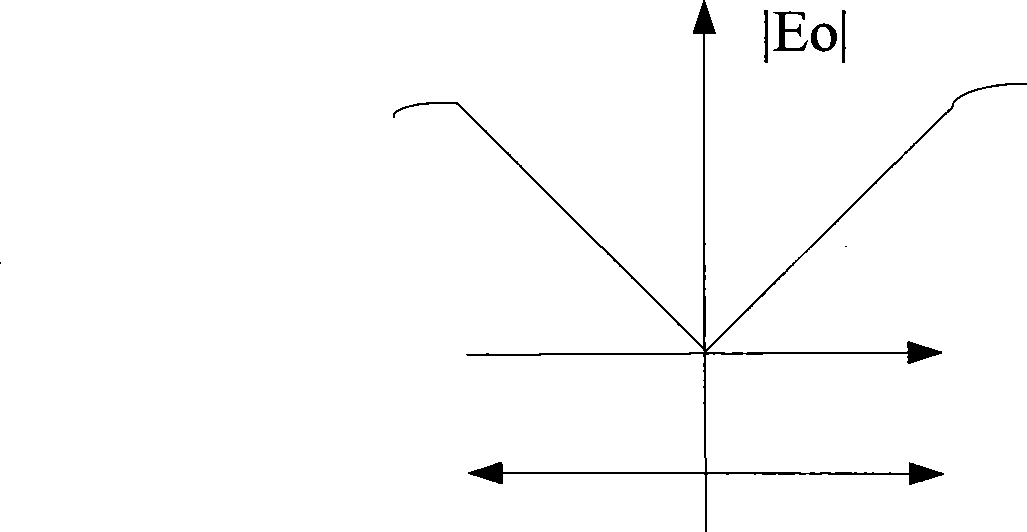Method for detecting LVDT sensor signal
A sensor signal and detection method technology, applied in the direction of using electric/magnetic devices to transmit sensing components, output power conversion devices, electrical components, etc., can solve the problem of error amount and time synchronization delay, and cannot fully and accurately reflect the position of the magnetic core and other problems to achieve the effect of avoiding errors, improving accuracy and reducing errors
- Summary
- Abstract
- Description
- Claims
- Application Information
AI Technical Summary
Problems solved by technology
Method used
Image
Examples
Embodiment Construction
[0044] LVDT sensors are usually used as feedback devices for position signals. In the following, in the vertical motion control system of the workpiece table of the scanning projection lithography machine, three LVDT sensors are used as position feedback devices as an example. Specifically, the LVDT sensor signal detection steps are as follows:
[0045] 1. Initialize the phase coarse adjustment register and the phase fine adjustment register to zero.
[0046] 2. Use the FPGA to generate a square wave with a frequency of 12KHz, and pass through a second-order low-pass filter to obtain a sine wave with a frequency of 12KHz. Of course, this frequency can be changed arbitrarily, and the commonly used frequencies are 2.5KHz and 5KHz.
[0047] 3. After signal conditioning, the sine wave signal is input to the primary coil of the LVDT sensor as the excitation signal of the LVDT sensor.
[0048] 4. Use the first sampling signal generated by the analog-to-digital conversion chip with a...
PUM
 Login to View More
Login to View More Abstract
Description
Claims
Application Information
 Login to View More
Login to View More - R&D
- Intellectual Property
- Life Sciences
- Materials
- Tech Scout
- Unparalleled Data Quality
- Higher Quality Content
- 60% Fewer Hallucinations
Browse by: Latest US Patents, China's latest patents, Technical Efficacy Thesaurus, Application Domain, Technology Topic, Popular Technical Reports.
© 2025 PatSnap. All rights reserved.Legal|Privacy policy|Modern Slavery Act Transparency Statement|Sitemap|About US| Contact US: help@patsnap.com



